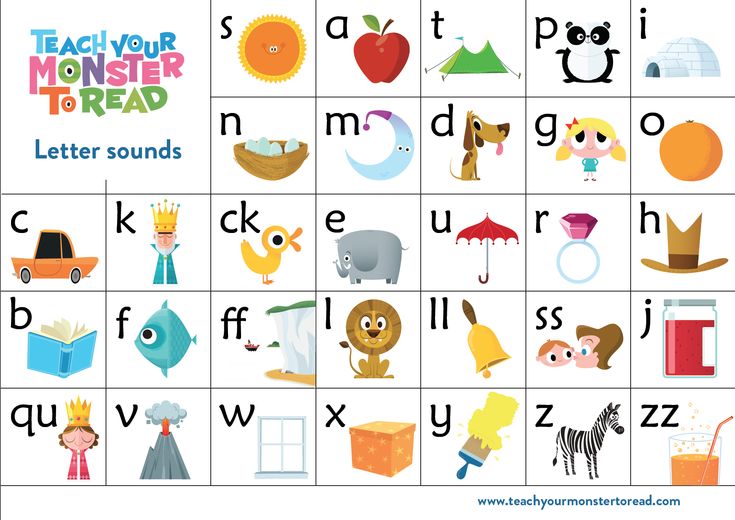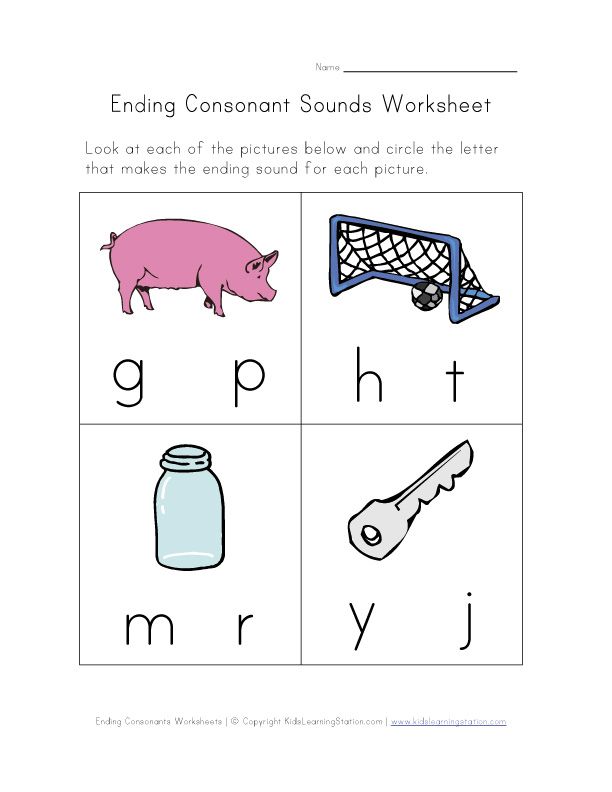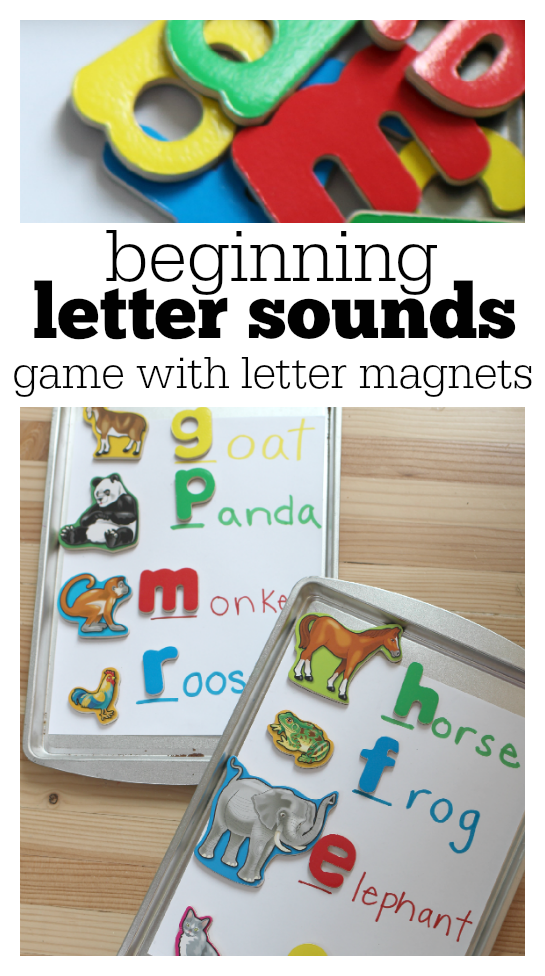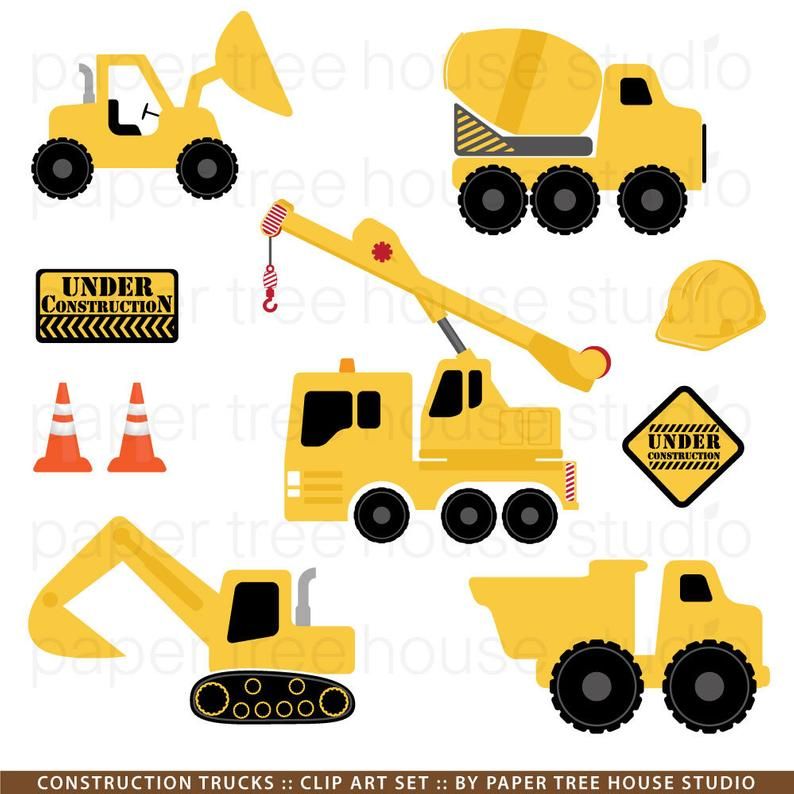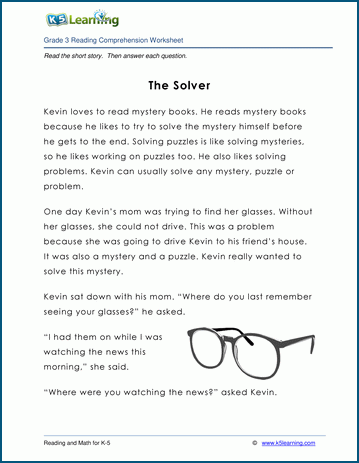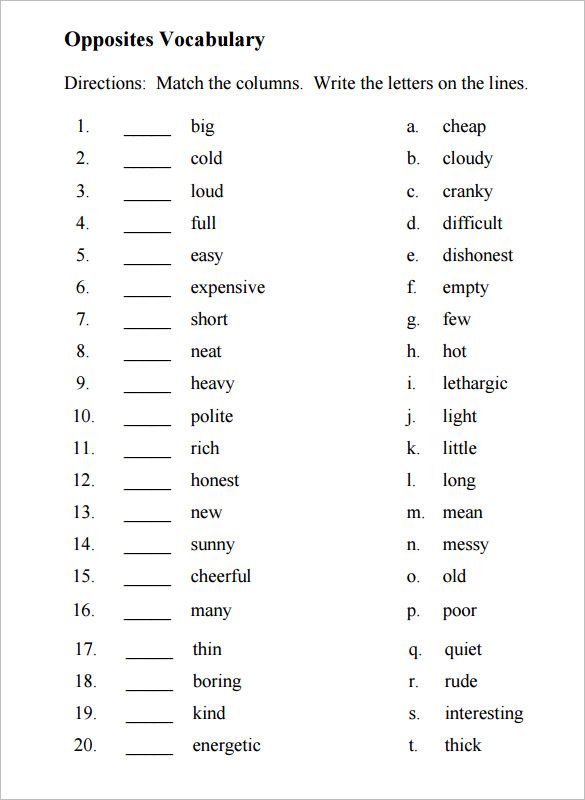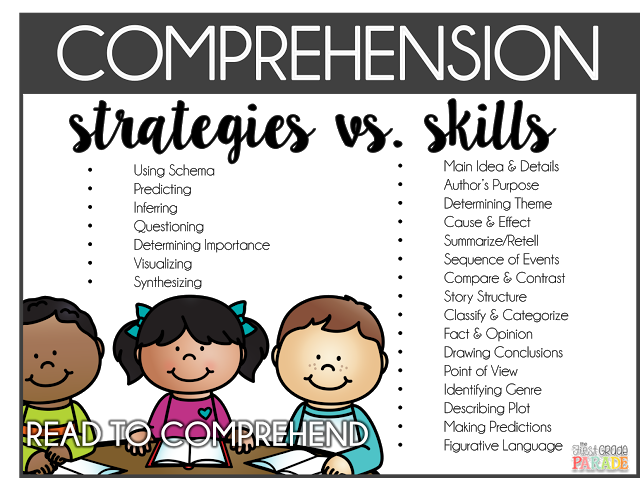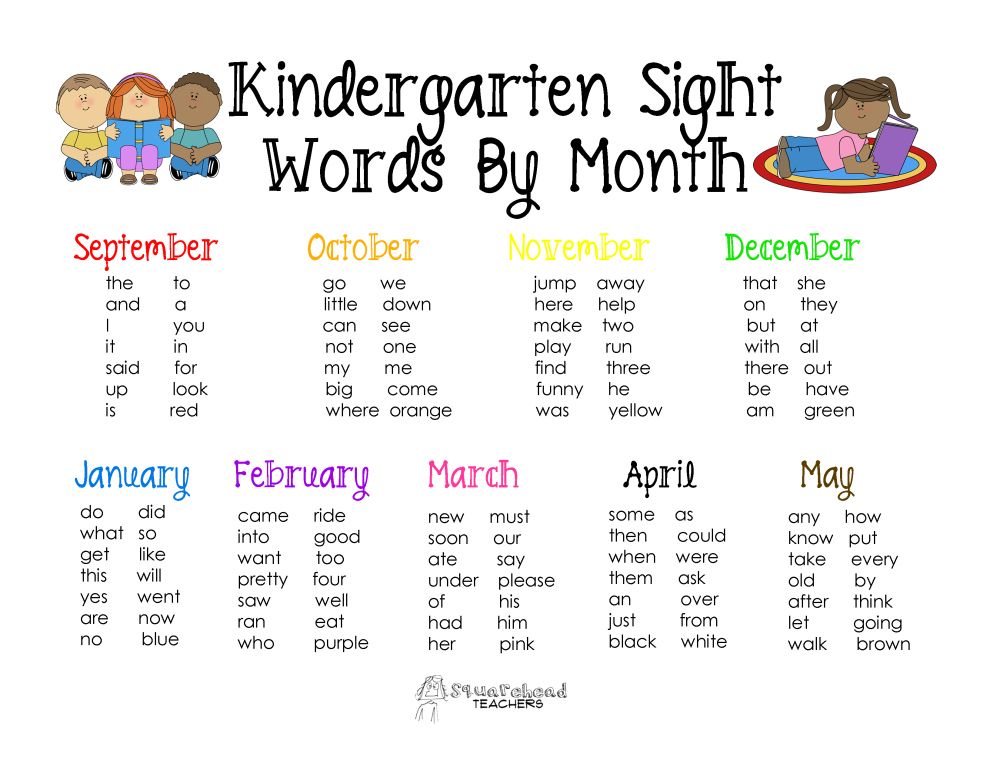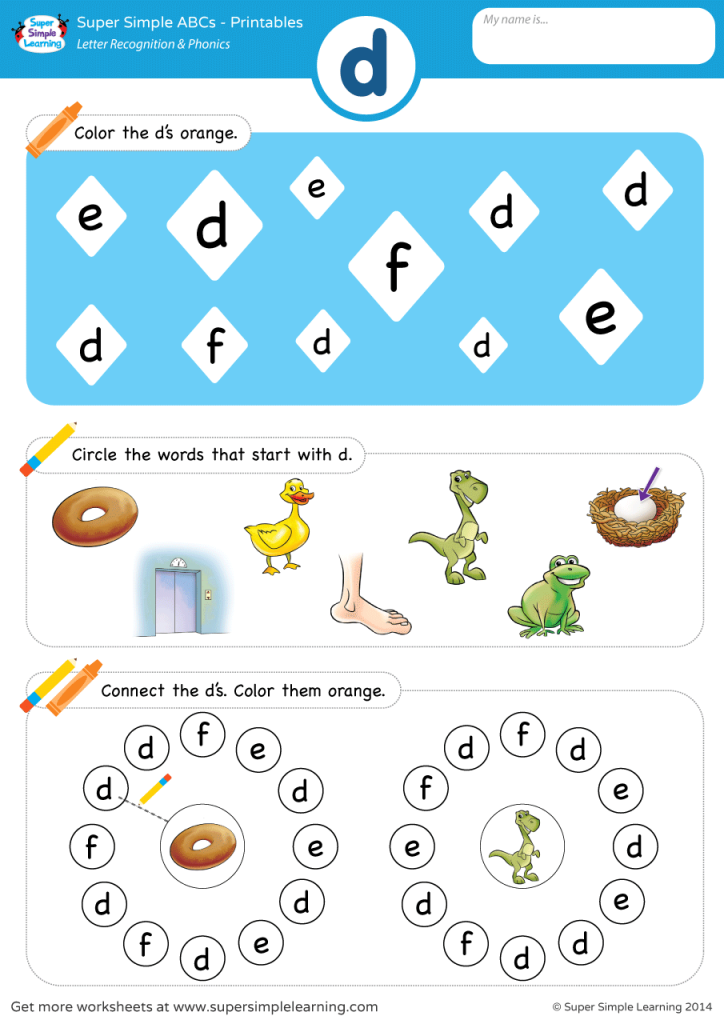Learning letter sounds
Learning Letter Sounds - PreKinders
By Karen Cox | Affiliate Disclosure | Filed Under: Phonological Awareness
These games help pre-K children practice Letter Sound learning in a fun, hands-on way.
Sound Cups
Use 26 disposable clear punch cups and label each cup with a letter. Letter cup labels can be downloaded below. Collect a set of small trinket objects (you can ask parents and friends to send things in), such as plastic lizard, small block, watch, plastic frog, bandaid, necklace, button, dice. Place the trinkets in a basket. Children sort each trinket into a letter cup by its beginning sound.
You can use all 26 cups at one time, or select 3-4 letter cups at a time for children to focus on. When searching for items to go in the cups, look for dollar store mini toys (especially packs of animals and bugs), look at doll house miniatures, browse craft stores for mini items.
Download: Letter Cup Labels
Erase the Sound
Draw a picture on a dry erase lap board. In the example below, I drew a snowman. Call children up one at the time to erase something that begins with something in the picture. In this picture, children can erase something that begins with H (hat), something that begins with B (buttons), something that begins with N (nose). Continue until everything is erased.
Mystery Bag
Place three objects beginning with the same letter in a bag (such as ball, bug, and button for B). Have a child pulls each item out of the bag and name each item. Have the class guess the “mystery letter”.
Guess Who?
Say three words and have the kids guess whose name begins with the same sound as those three words. For example, call out:
- lake
- lemon
- lamp
The class would guess Levi. If you have more than one child in your class (maybe Levi, Lucy, and Layton) who start with that letter sound, the class can name all of them.
I have prepared a list of words for each letter that you can use for your students.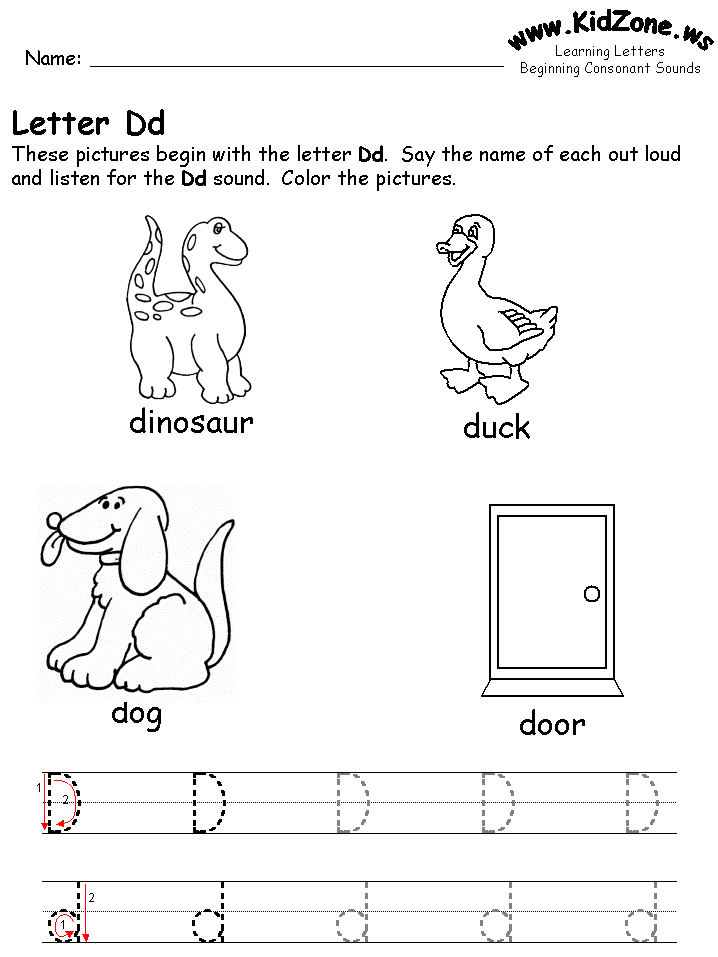 Download the list below.
Download the list below.
Download: Beginning Letter Sounds List
Monster Names
Have kids stand, stomp, and growl when you say their “Monster Name”. Replace the first letter of each child’s name with the letter M. For example, Braden’s name would become “Mad Monster Maden” and Ashlyn’s name would become “Mad Monster Mashlyn”.
Say Two Words
Say two words, and have kids stand up if the words begin with the same sound. Have them sit down if they do not. For example,
cat – cow (stand up)
hat – goat (sit down)
Letter Sounds Listening Games
Children listen for beginning sounds in words and use bingo markers to stamp a letter each time they hear the letter sound. Get the printable game here: Letter Sounds Listening Games.
Letter Sounds Activity Cards
Children look at the picture, say the word, and find the letter that matches the beginning sound. They mark the cards by clipping it or marking it with a chip. Get the printable game here: Letter Sounds Activity Cards.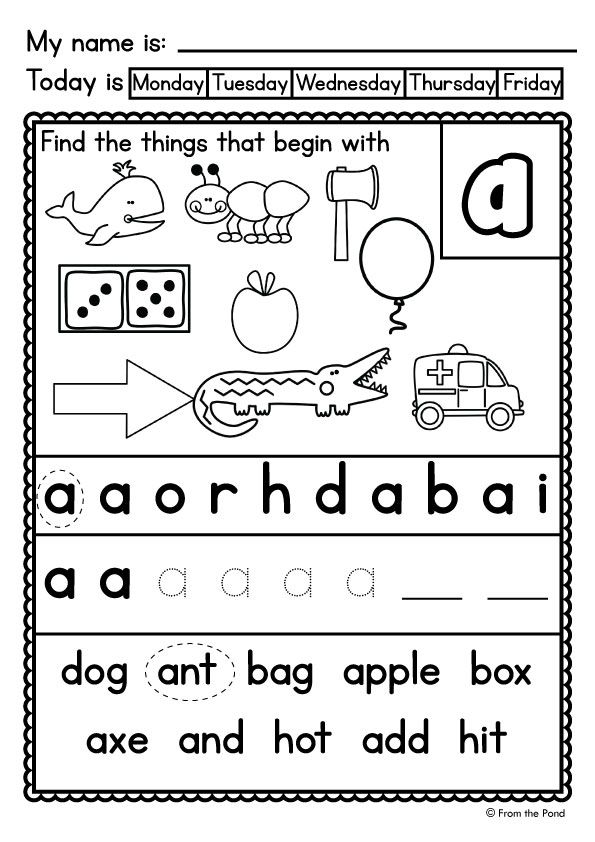
Letter Tile Mats
Children match letter tiles to the pictures on the mats by identifying the beginning sound of the words. Get the printable game here: Letter Tile Mats.
More Resources
These are available in my shop.
About Karen Cox
Karen is the founder of PreKinders.com. She also works as a full-time Pre-K teacher in Georgia. Read more...
SEARCH
Learning Letter Sounds
[Home] [Back] [Consonants Introduction] [Consonant Concepts] [Consonant - Order of Presentation] [General Consonant Activities] [Printable Activity Pages] [Itsy Bitsy Books] [Review Worksheets - Mixed Letters]
These worksheets include review sheets for Beginning Consonant Sounds and Ending Consonant Sounds. They were developed with Preschool and Kindergarten children in mind. They provide letter recognition, phonics and printing practice.
All children develop as individuals.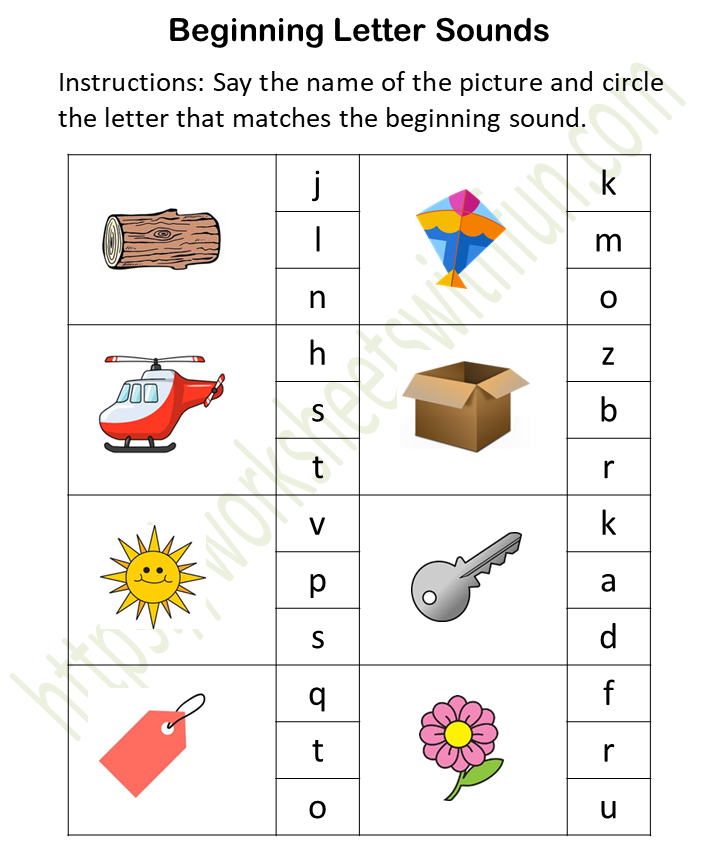 Parents and caregivers should use
the grade level ratings as a general guideline, taking the abilities, temperament and
interests of their children into account
Parents and caregivers should use
the grade level ratings as a general guideline, taking the abilities, temperament and
interests of their children into account
Beginning Consonants: Which letter does the picture start with?
| Farm Theme | Jungle Theme | Ocean Theme | Autumn Theme | Spring Theme |
Beginning Consonants: Print the letter the pictures start with the letter sound.
| Beginning Consonants Print the Letters 1 |
Beginning Consonants Print the Letters 2 |
Snack Time Print the Letters 3 |
Visit to the Zoo Print the Letters 4 |
|
| nutrition/food Print the Letters 5 |
furniture Print the Letters 6 |
body parts Print the Letters 7 |
clothing Print the Letters 8 |
animals Print the Letters 9 |
Ending Consonants: Which letter does the picture end with?
| Farm Theme | Jungle Theme | Ocean Theme | Summer Theme | Winter Theme |
Ending Consonants: Print the letter the pictures start with the letter sound
| Ending Consonants Print the Letters 1 |
Ending Consonants Print the Letters 2 |
Snack Time Print the Letters 3 |
Visit to the Zoo Print the Letters 4 |
|
| nutrition Print the Letters 5 |
ocean Print the Letters 6 |
animals Print the Letters 7 |
clothing Print the Letters 8 |
furniture Print the Letters 9 |
Visit DLTK's
Alphabuddies for printable crafts, coloring pages, felt board templates,
tracer pages and poems to supplement these letter recognition worksheets.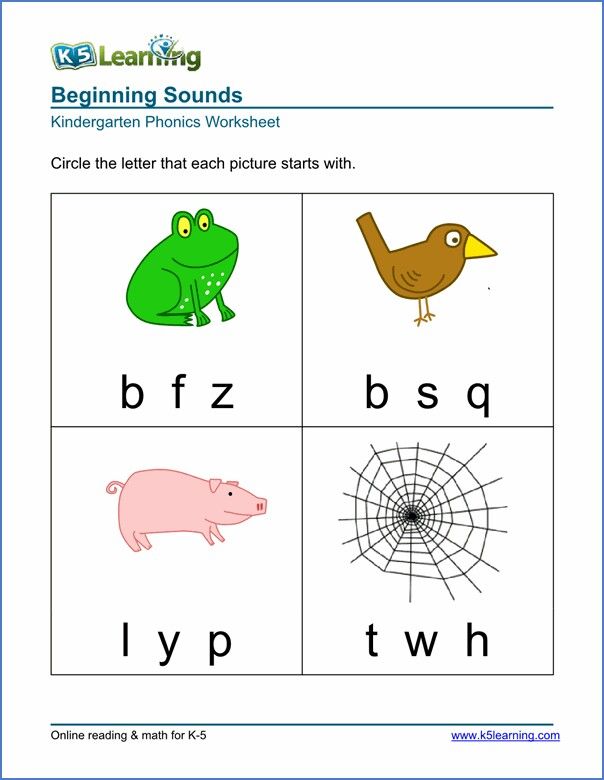
| POPULAR PAGES
| Welcome! Sound Acquaintance Methodology One of the meanings of the word "phonetics" is the sound composition of the language. Classes for mastering the sound composition of a language by a child include three stages: acquaintance with sound, differentiation of sounds, acquaintance with a letter.
Getting to know sound To get acquainted with the sound, you can use riddles, the answers of which begin with a given sound; poems with repeatedly repeated "necessary" sound. Refinement of sound articulation. That is, the child is invited to pronounce the sound. At the same time, the child is asked questions that allow him to “feel” the articulation of the sound. For example, "What is the position of the lips (tongue)?" Definition of sound characteristics For example: sound [a] - the mouth is open, the tongue lies calmly, the air does not meet obstacles, the sound can be sung with a voice. It is necessary to explain to the child that such a sound is called a vowel. Sound [m] - lips are closed, air cannot escape freely, as lips interfere with it; the sound can be pulled (that is, the sound can be pronounced for a long time), but it cannot be pronounced higher or lower, that is, it cannot be sung. The child is explained that such a sound is called a consonant. More details about the characteristics of sounds can be found in the section >>> cheat sheet for parents . After getting acquainted with the characteristics of the sound, a series of questions are asked to consolidate the acquired knowledge:
Separation of a sound from a number of other sounds, syllables, words The next stage is the selection of a sound from a number of other sounds, syllables, words. Determining the place of sound in a word Determining the place of sound in a word is based on pictures. For example, an adult shows a picture and pronounces a word, and a child determines the place of the sound being studied (beginning, middle, end of the word). The display is carried out in the following order: pictures for the sound at the beginning of the word, at the end, in the middle and then alternate in a different sequence. In this case, after the child has determined the place of the sound in the word, the picture is laid out in the appropriate row (upper, middle or lower). Thus, the formation and consolidation of the concept of the place of sound in a word is based not only on hearing, but also on vision. Determining the hardness/softness of consonants. When studying consonants, the next stage is introduced - the formation of the concepts of "hard - soft". At the end of this stage, the children are once again asked a series of questions to reinforce:
It is necessary to pay attention to the fact that when studying the first consonant sound, which can be hard and soft ([m]), it is advisable to talk about a soft sign, “saying” that the letter written before it means a soft sound. 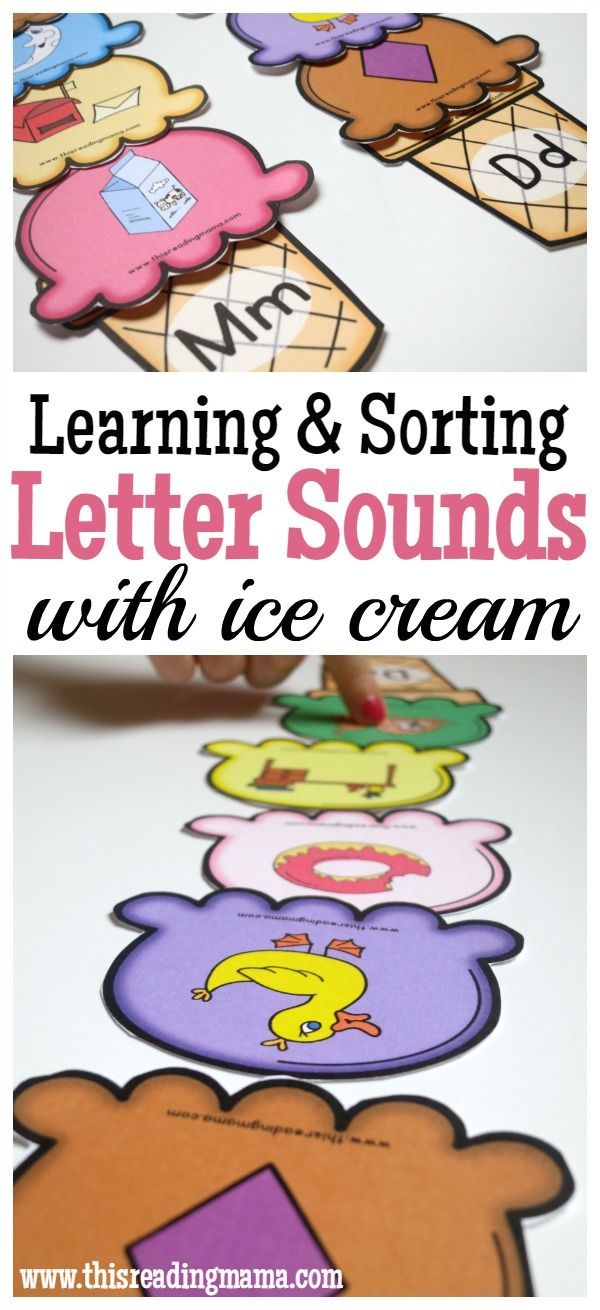 After the explanation, the card with the letter "b" will determine the place of pictures, syllables, words with soft consonant sounds. After the explanation, the card with the letter "b" will determine the place of pictures, syllables, words with soft consonant sounds. Compilation of syllables, words from given sounds The final type of work on the sound is an independent selection of words. The child pronounces the word with the sound being studied, whether it is hard or soft; at the beginning, middle or end of a word.
Clarification of articulations and characteristics of sounds, finding their similarities and differences View Items >>> Sound Introduction and >>> Sound Characterization Selection of a given sound from a number of other sounds, syllables, words At this stage, the game is being played >>> “hear - clap” with additional conditions: after hearing one given sound, you need to clap once; hearing another given sound - twice. Determining the place of sound in a word See paragraph >>> definition of the place of sound in the word . Compilation of sound patterns, syllables, words At this stage, the child is asked to make syllables and words from separately pronounced sounds, as well as words from separately pronounced syllables:
Turning to the acquaintance with the letter, it is advisable to remember that we hear and pronounce the sound; in writing, sound is denoted by a letter; we see and write the letter. Letter games
| MAIN MENU
OUR CONTACTS
MISCELLANEOUS
OUR PARTNERS OUR FRIENDS SITE HELP |
Learning letters and sounds with children
7213
Before teaching a child to read, parents are advised to first teach the child to recognize and distinguish sounds.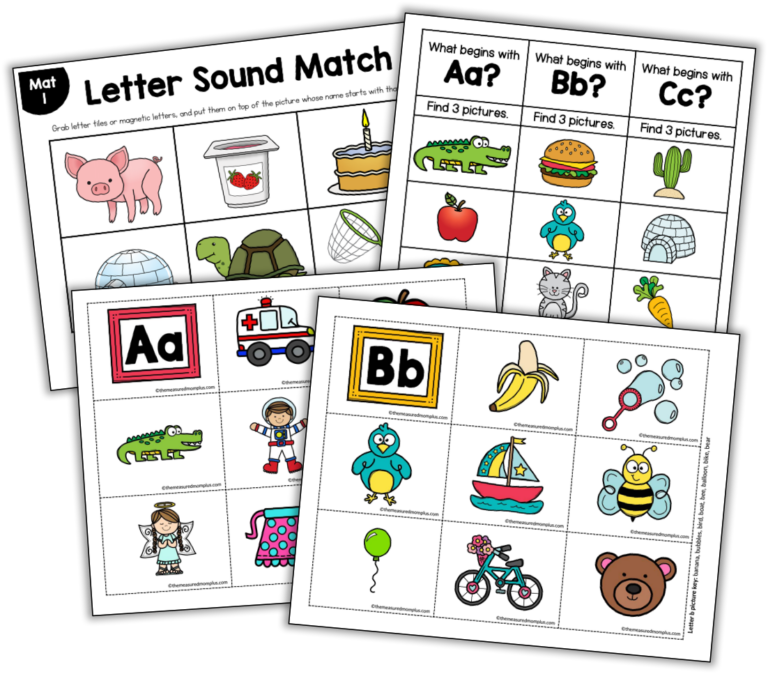 Some children understand the difference between letters and sounds after the first explanation, while others do not. And then the mother has to connect her imagination and all her pedagogical abilities in order to first understand herself, and then explain to the child why to distinguish between sounds and letters and how to do it.
Some children understand the difference between letters and sounds after the first explanation, while others do not. And then the mother has to connect her imagination and all her pedagogical abilities in order to first understand herself, and then explain to the child why to distinguish between sounds and letters and how to do it.
It is necessary to understand the following pattern: there are many more sounds than letters, sounds are more important than letters, letters in themselves do not mean anything, and all qualities, for example: sonority, softness, etc., are related to sounds. One letter can represent several sounds. Therefore, we begin to learn to speak and read precisely with sounds.
Tell a kid a story:
“People lived in ancient times. They already knew how to speak and therefore loved to tell each other fairy tales and sing songs. But everything they told was quickly forgotten, because people did not know how to write. Fairy tales and songs were so interesting that a person wanted to remember them for a long time.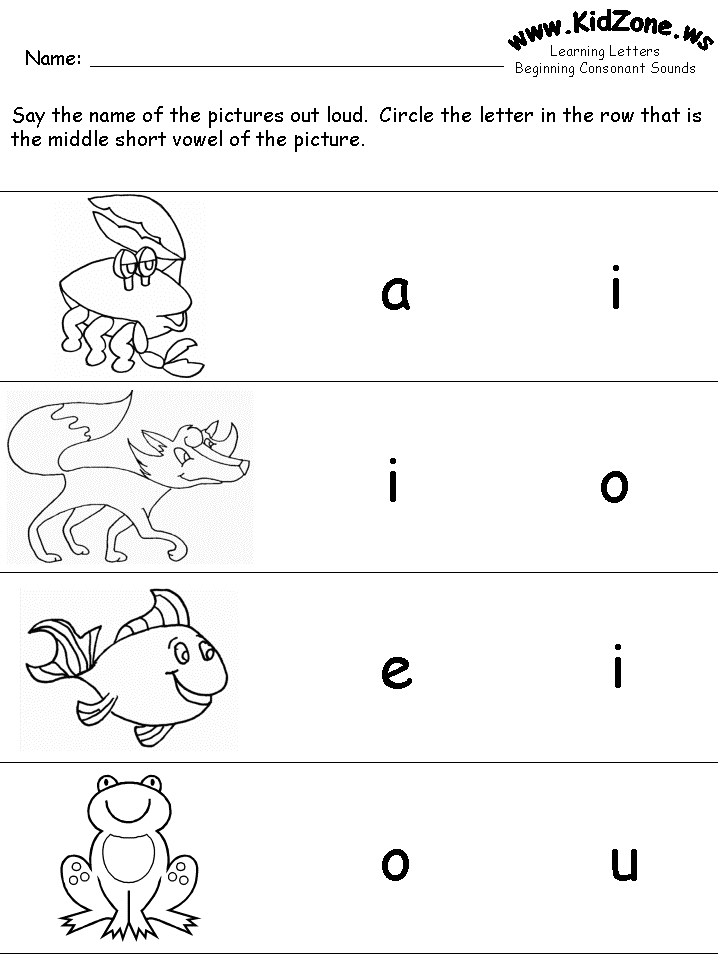 And then people came up with special letter icons. The letters denoted the sounds that people uttered when telling a fairy tale. So the ancient man began to write down his fairy tales with the help of letters. Therefore, letters-icons now live in books, but they are always silent until you want to read them aloud. And as soon as you want to read a letter, sound will immediately appear. Sound and letter are the closest friends and cannot live without each other. A letter without a sound is silent, and a sound without a letter immediately disappears.
And then people came up with special letter icons. The letters denoted the sounds that people uttered when telling a fairy tale. So the ancient man began to write down his fairy tales with the help of letters. Therefore, letters-icons now live in books, but they are always silent until you want to read them aloud. And as soon as you want to read a letter, sound will immediately appear. Sound and letter are the closest friends and cannot live without each other. A letter without a sound is silent, and a sound without a letter immediately disappears.
In total, there will be 33 houses in the city, because there are 33 letters in the alphabet. A river will flow through the city, which will divide it into three parts. One coast is called "Vowers", the second - "Consonants", and empty houses are built on the third coast. However, houses will be built in the city not only on the shore, but also on the river. Floating houses are special. They can be painted in two colors, and empty houses in one gray color.
Houses in the city are divided into three types: with two tenants, with one and empty houses.
On the bank of vowels there will be 6 single houses: a, i, o, u, s, e.
Houses were built on the bank of consonants, where 2 sounds live at once - hard and soft: b-b, v-v, g-g, d-d, z-z, k-k, l-l, m-m, n -n, p-p, r-r, s-s, t-t, f-f, x-x, and single houses: f, c, w, d, h, u. In total, 21 houses were built on the bank of the consonants.
Suitcase houses will live on the river, there are only 4 of them. Two sounds Y-E live in the house E, sounds Y-O live in the house YO, in the house Yu - Y-U, in the house I - Y-A. These houses were built on the river because vowels and consonants coexist in them.
There are empty houses on the third bank: b sign and b sign. Nobody lives in these houses. Therefore, these letters do not have sounds. They are only for writing.
Play with the drawn map.
Discuss with your child in the following sequence: the letter B is the house of two friends: a large and hard sound B and a small and soft sound b.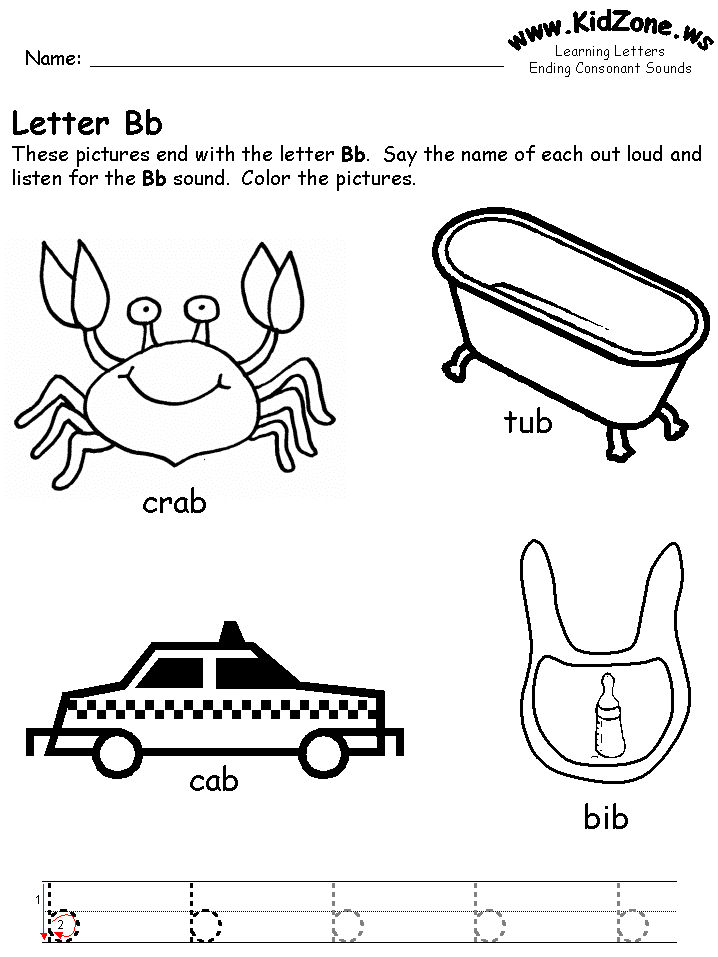 Compare how the letter B sounds, for example, in the words Bom and Bim. (In the word Bom we hear a hard sound B, in the word Bim - a soft sound b).
Compare how the letter B sounds, for example, in the words Bom and Bim. (In the word Bom we hear a hard sound B, in the word Bim - a soft sound b).
When examining a book, ask: “Where is the letter M in the word BEAR? And what sounds live in the house-letter M?" The child must remember the map or directly examine it with you at this moment and show with a finger that sounds live in this house: big and hard M and small and soft m.
When studying consonants, call them by the sound they denote, i.e. not "me" or "em", but "m". Otherwise, later it will be very difficult for the child to learn how to combine letters into syllables and words.
The ratio of sounds and letters is quite an abstract thing for kids. And it will be easier for them to understand it if they are guided by the picture and create images in their imagination.
The Razumeikin website will help your child learn letters in the "Letters and Reading" section and get acquainted with the characteristics of sounds in the "Preparing for Literacy" section - educational videos and interactive tasks will turn learning to read into an exciting game!
Did you like it? Share with friends:
Online classes on the Razumeikin website:
-
develop attention, memory, thinking, speech - and this is the basis for successful schooling;
-
help to learn letters and numbers, learn to read, count, solve examples and problems, get acquainted with the basics of the world around;
-
provide quality preparation of the child for school;
-
allow primary school students to master and consolidate the most important and complex topics of the school curriculum;
-
broaden the horizons of children and in an accessible form introduce them to the basics of various sciences (biology, geography, physics, chemistry).


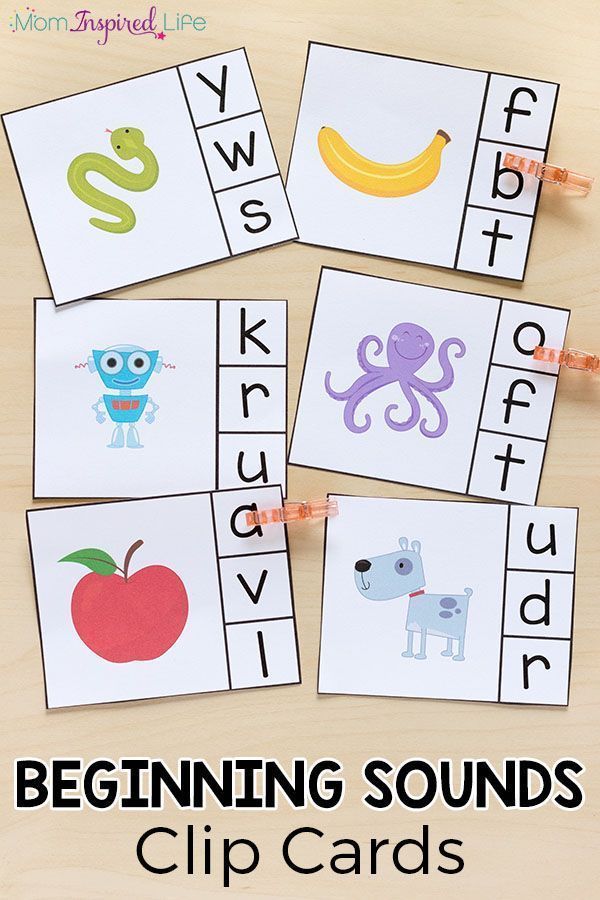 The child's mastery of the sound composition of the language underlies the development of speech. In other words, the peculiarity of the formation of a child's speech directly depends on his ability to hear, recognize and distinguish between speech sounds.
The child's mastery of the sound composition of the language underlies the development of speech. In other words, the peculiarity of the formation of a child's speech directly depends on his ability to hear, recognize and distinguish between speech sounds. 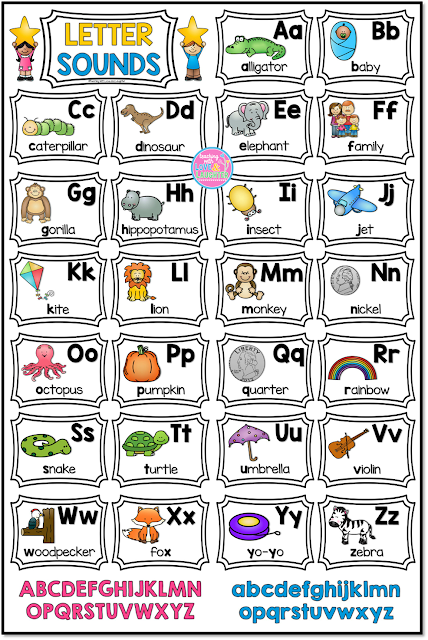 You can also use stories in which the sound is associated with a certain image. For example, a story about water (sound [s] - song of water) or a story about a mosquito (sound [s] - song of a mosquito).
You can also use stories in which the sound is associated with a certain image. For example, a story about water (sound [s] - song of water) or a story about a mosquito (sound [s] - song of a mosquito). 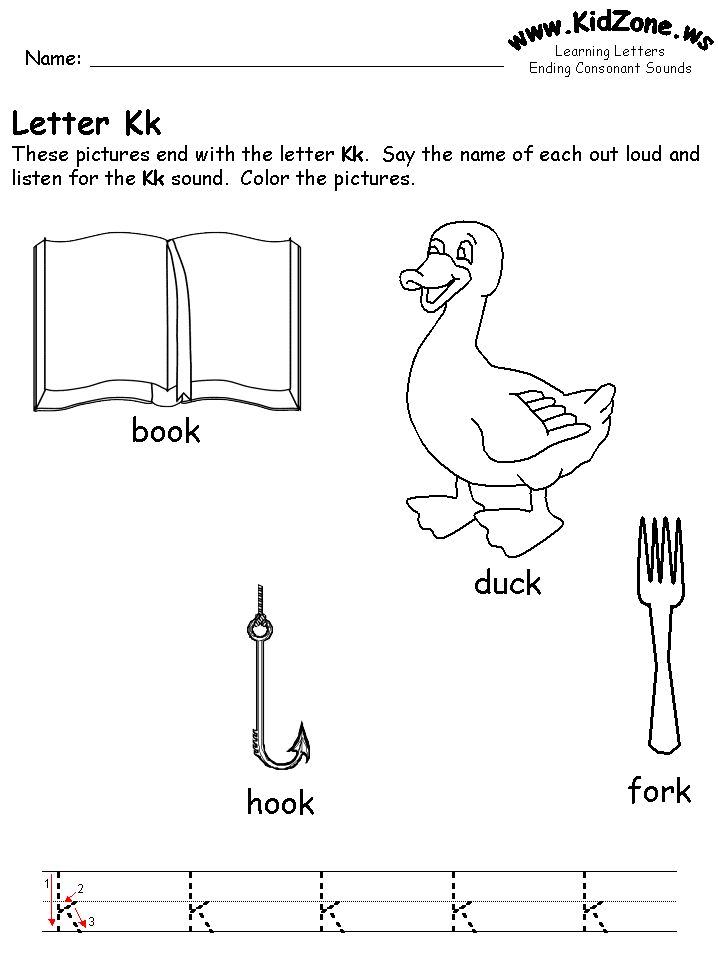 Then the child is invited to put his hand on his neck and repeatedly pronounce the sound [m], while asking the question: “What do you feel?” (throat trembles). When the child is convinced that the “throat is trembling”, it is necessary to explain that it is the vocal cords that are working and such a sound is called voiced.
Then the child is invited to put his hand on his neck and repeatedly pronounce the sound [m], while asking the question: “What do you feel?” (throat trembles). When the child is convinced that the “throat is trembling”, it is necessary to explain that it is the vocal cords that are working and such a sound is called voiced. 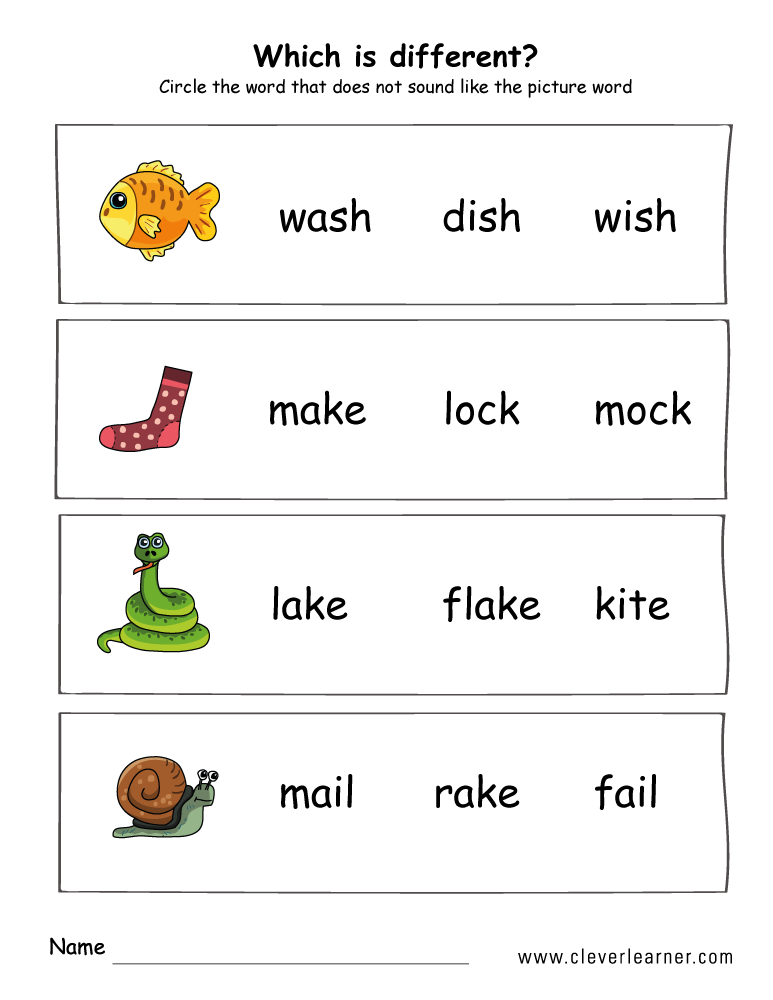 The game is being played >>> "you hear - clap" . Prerequisite: the child performs this task with his eyes closed.
The game is being played >>> "you hear - clap" . Prerequisite: the child performs this task with his eyes closed. 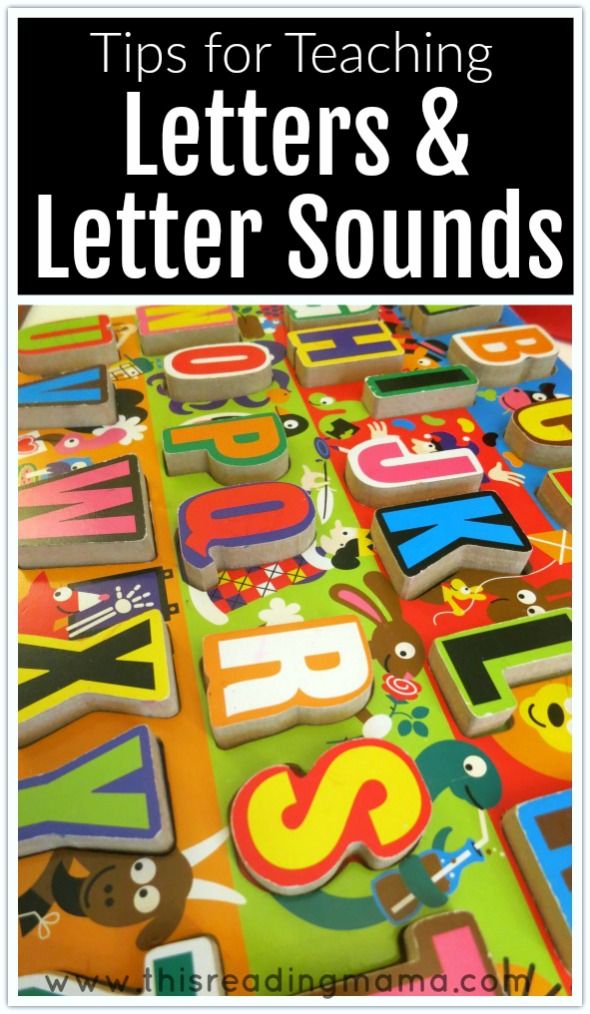 The child is offered to listen with the simultaneous display of pictures of two words - one for a hard sound (for example, “lamp”), the other for a soft sound (for example, “watering can”). The child is asked if the first sounds sound the same. After determining the difference by ear, the adult explains that one sound is hard, the other is soft, and the pictures are laid out in two rows: for a hard sound - on the left, for a soft sound - on the right.
The child is offered to listen with the simultaneous display of pictures of two words - one for a hard sound (for example, “lamp”), the other for a soft sound (for example, “watering can”). The child is asked if the first sounds sound the same. After determining the difference by ear, the adult explains that one sound is hard, the other is soft, and the pictures are laid out in two rows: for a hard sound - on the left, for a soft sound - on the right. 